Temporomandibular joint (TMJ) disorders refer to a variety of conditions affecting the joint that connects your jaw to your skull. This joint is located on either side of your head, just in front of your ears, and it plays an essential role in jaw movements, such as chewing, talking, and yawning. When the TMJ becomes damaged or inflamed, it can lead to discomfort and a wide range of symptoms that can interfere with daily life. Understanding TMJ is crucial in addressing the pain and discomfort associated with the condition. In this article, we’ll explore the causes, symptoms, and how TMJ disorders are diagnosed.
Causes of TMJ Disorders
The causes of TMJ disorders are varied, and in many cases, they are linked to an imbalance or injury in the joint. The following are some common causes:
- Jaw Injury: Trauma or injury to the jaw or head can lead to issues with the temporomandibular joint. This can result in misalignment or inflammation, both of which can contribute to the development of TMJ disorders.
- Teeth Grinding: Often associated with stress or anxiety, teeth grinding (also known as bruxism) can put excessive pressure on the TMJ. Over time, this pressure can lead to inflammation and pain.
- Arthritis: Osteoarthritis and rheumatoid arthritis can affect the temporomandibular joint, leading to joint degeneration and pain. As the joint wears down, it may no longer function smoothly, causing discomfort and limited movement.
- Jaw Misalignment: Structural issues like an improper bite or misalignment of the jaw can lead to abnormal wear and tear on the TMJ. This can cause the muscles surrounding the joint to work harder, potentially leading to pain and dysfunction.
While these are some of the most common causes, each individual’s situation may differ. Sometimes, no specific cause can be identified, making diagnosis and treatment more challenging.
Symptoms of TMJ Disorders
TMJ disorders can present with a variety of symptoms, some of which may be mild, while others can be quite severe. These symptoms can range from discomfort in the jaw to headaches and difficulty moving the jaw. Common signs and symptoms of TMJ disorders include:
- Jaw pain or tenderness, especially when chewing or speaking
- A clicking or popping sound when opening or closing the mouth
- Difficulty or pain when trying to open the mouth wide
- Swelling around the jaw or face
- Tension headaches or earaches
- A sensation of the jaw being “locked” or stuck
- Pain in the neck, shoulders, or upper back due to muscle strain from jaw misalignment
In some cases, these symptoms may come and go, while in others, they can persist and worsen over time. If you experience any of these signs regularly, it may be time to seek professional care.
Diagnosing TMJ Disorders
To diagnose TMJ disorders, your dentist or healthcare provider will typically begin with a thorough evaluation of your medical history and symptoms. This may include:
- Physical Examination: Your dentist or doctor will examine the jaw for signs of tenderness, swelling, and unusual movement. They may also listen for any clicking or popping sounds during jaw movement.
- X-rays: Imaging tests like X-rays may be used to evaluate the condition of the joint and rule out other potential causes of your symptoms, such as arthritis or jaw fractures.
- MRI or CT scans: In some cases, advanced imaging techniques like MRIs or CT scans may be recommended to provide a more detailed look at the soft tissues and bones around the TMJ. These images can help identify any issues with the joint or the surrounding structures that may be contributing to your discomfort.
A proper diagnosis is essential for creating an effective treatment plan. Without a clear understanding of the underlying cause of your TMJ disorder, it can be difficult to find the right solution.
Treatment Options for TMJ Disorders
Treatment for TMJ disorders varies depending on the severity of the condition and the underlying cause. For mild cases, conservative treatments may be sufficient, while more severe cases may require medical intervention. Common treatment options include:
- Lifestyle Changes: In some instances, stress reduction techniques like relaxation exercises, meditation, or yoga can help reduce symptoms. Avoiding habits like clenching your jaw or chewing on hard objects is also recommended.
- Physical Therapy: A physical therapist may guide you through exercises to strengthen the jaw muscles and improve flexibility. These exercises can also help relieve tension and reduce pain.
- Medications: Over-the-counter pain relievers, such as ibuprofen or acetaminophen, can help reduce inflammation and alleviate pain. In some cases, muscle relaxants or antidepressants may be prescribed to relieve symptoms of TMJ.
- Splints or Mouth Guards: Dental devices like splints or mouthguards can help prevent teeth grinding, which is a common cause of TMJ disorders. These devices can protect the teeth and reduce strain on the jaw muscles.
- Surgery: In rare cases, surgery may be required to treat TMJ disorders. This may include arthroscopy, which involves inserting a small camera into the joint to remove damaged tissue, or more extensive surgery to repair or replace the joint.
Consulting with a dentist experienced in treating TMJ disorders is crucial to finding the best treatment plan for your specific needs.
Managing TMJ for a Better Quality of Life
Living with TMJ disorders can be challenging, but with the right treatment, most people experience significant improvement in their symptoms. Whether your condition is caused by injury, teeth grinding, or misalignment, understanding the underlying causes and working with your healthcare provider to find a tailored treatment plan can help you find relief. If you’re experiencing jaw pain or other related symptoms, don’t hesitate to seek advice from a professional. Proper diagnosis and care are key to managing TMJ disorders effectively.
Sources:
- Greene, C. S. (2008). Temporomandibular joint disorders: Diagnosis and management. Journal of the American Dental Association.
- List, T., & Jensen, R. (2008). Management of temporomandibular disorders in a general dental practice. Journal of Oral Rehabilitation.
- Schiffman, E., & Ohrbach, R. (2014). Diagnostic criteria for temporomandibular disorders (DC/TMD). Journal of Orofacial Pain.



